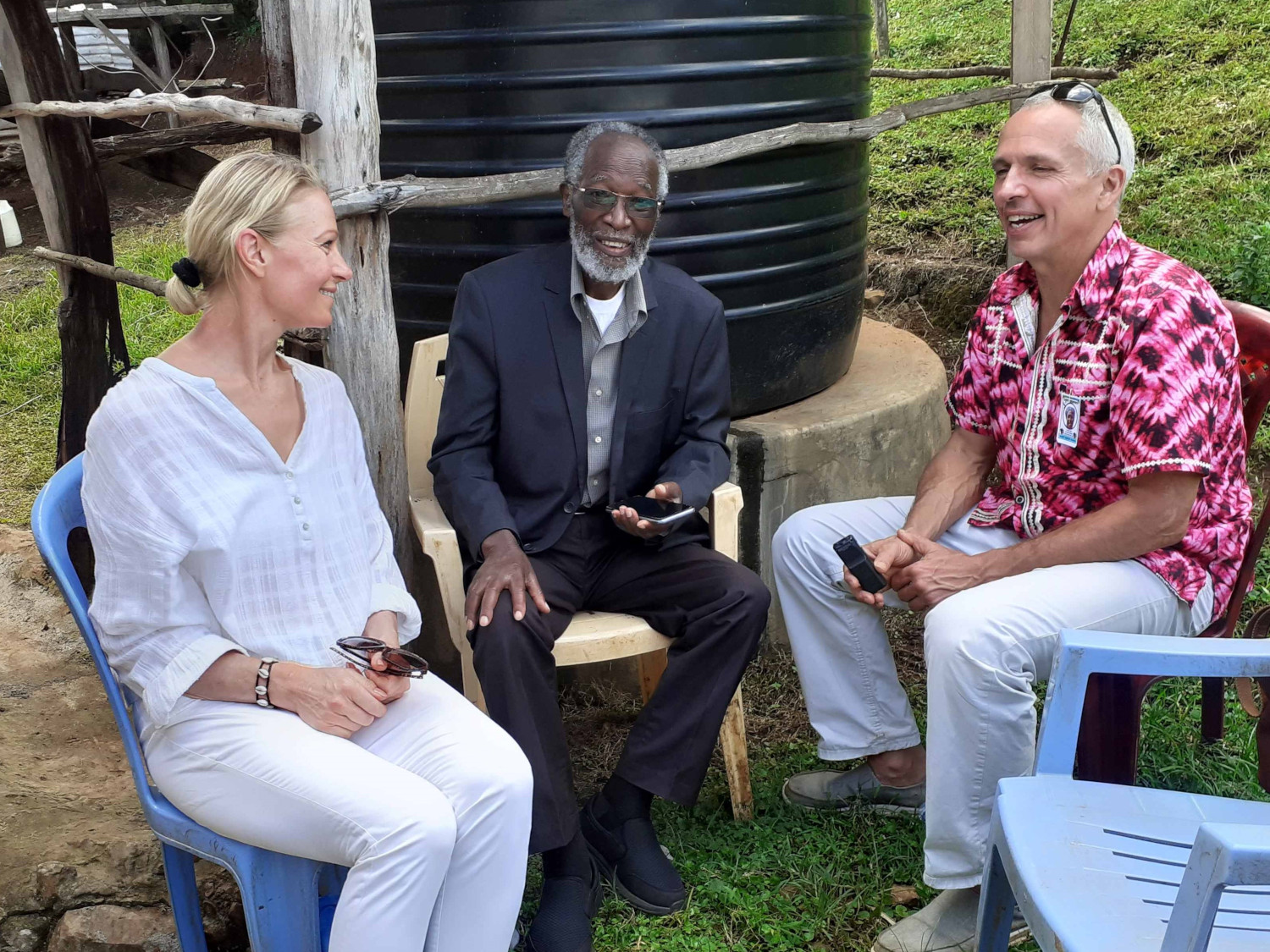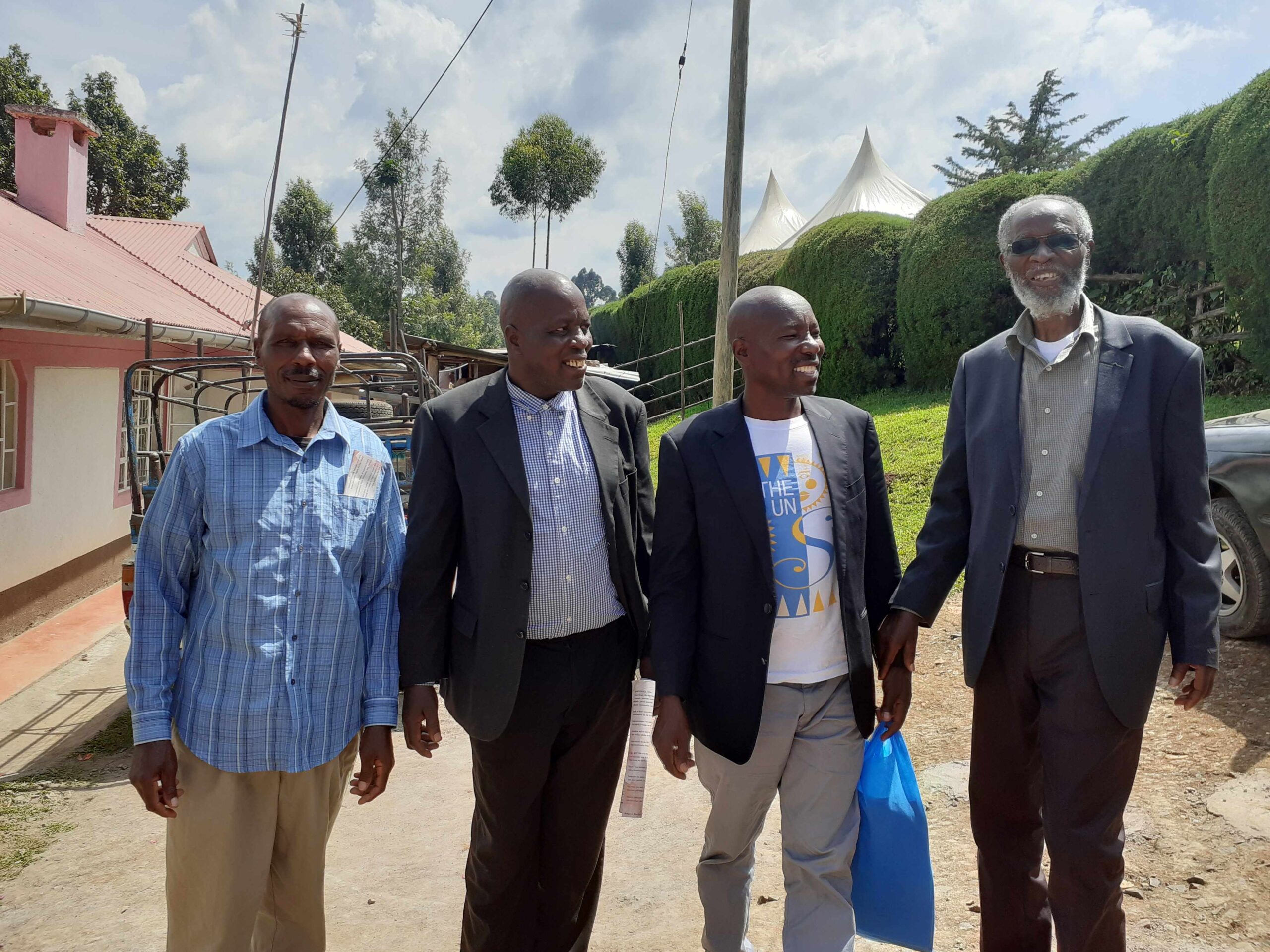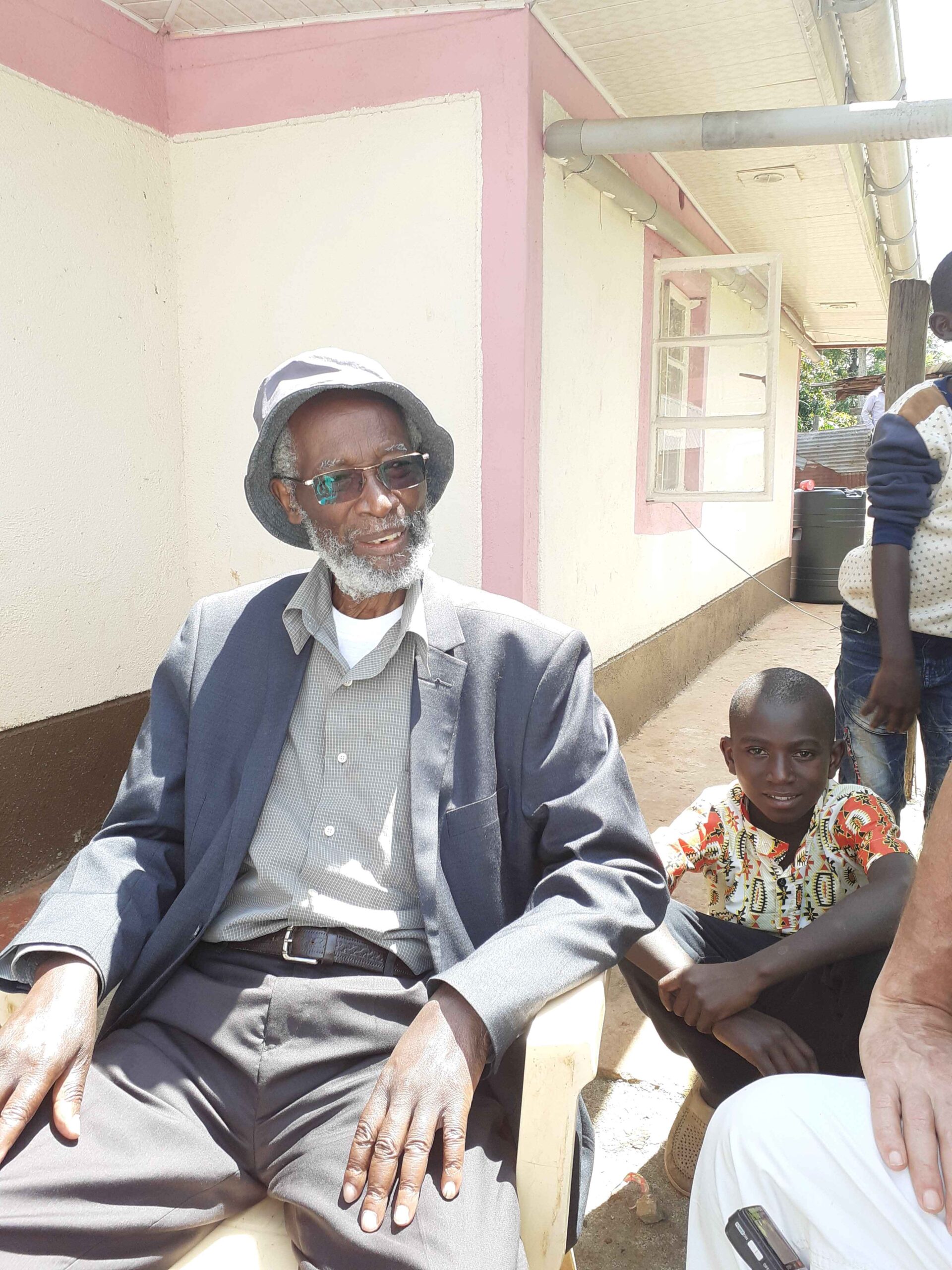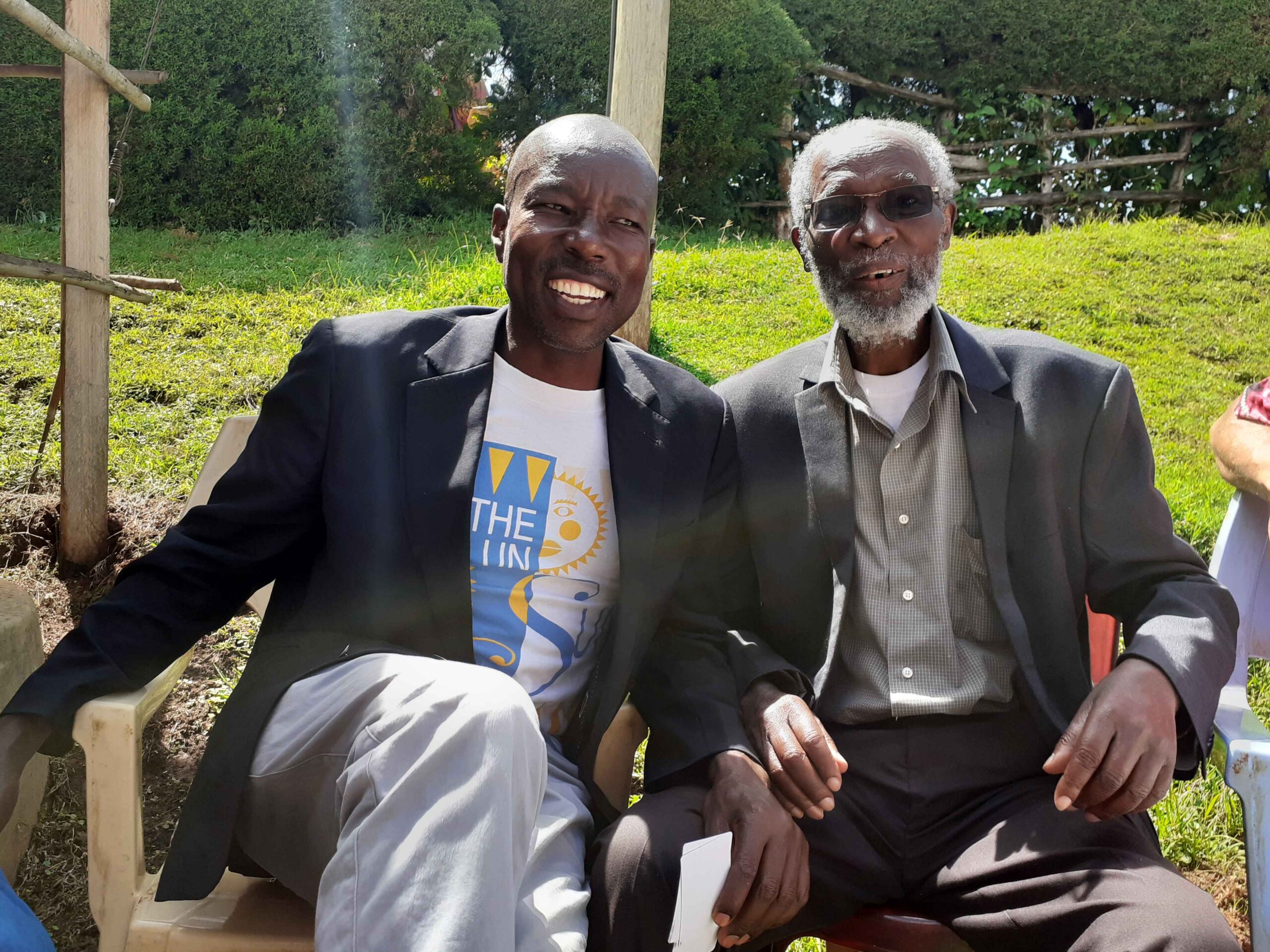As part of her Autumn 2022 secondment, the National Museum in Szczecin’s Marlena Chybowska-Butler (MCB) visited Kisii County and the stone carving centre of Tabaka, where she spoke with artists and examined their creative practices. The following interview with the world-renown dean of Kisii sculptors, Elkana On’gessa — whose monumental works can be found at the UNESCO headquarters in Paris or the US Embassy in Nairobi, among other sites, both national and international. Ong’esa is consider as the pioneer of contemporary Kenyan sculpture
MCB: You are the most prominent Kenyan sculptor; your works are well-known, both in Kenya and around the world. But your career traces outward from a small village. How did you get your start? And who or what influenced your choices of form as a young apprentice?
Elkana: There are many locally who have influenced my work. My father carved for me a car. It was not a toy. To me, it was a real car. When I saw that, I started working with various materials and found it interesting. I began working with clay and small pieces of stone. That made it possible to get my fingers used to working with tools. After that, I started with different types of soapstone.
An old man, who was our uncle – Alexander Mugundy, helped shape our ideas about working with stone. The ideas of those of my generation. He was a bridge that moved away from traditional to modern sculpture. He was very strong in that way. Others were making functional objects: bowls, candlesticks, all sorts of vases, things like that. Alexander made more figurines, naturalistic kinds of expressions. That influenced us and especially me. It went beyond the very small sorts of traditional expressions forms.
As a young person, I liked carving birds of all kinds. That is because birds were being done by many others in the community. And I began developing more abstract forms than what was being done traditionally. And they began getting bigger.
MCB: While it isn’t unusual for carvers from Kisii to possess a higher education, yours is different. You went to university specifically to study art. What were the circumstances of your education? And, what were the things you learned in school that are revealed in your work?
Elkana: I went to art school almost by coincidence. I was called to Nairobi, to study accountancy, and was just about to leave when a letter arrived at my secondary school, informing that I has won a place at Makerere University (in Kampala, Uganda). I hadn’t applied, but I had been submitting works to competitions in Kenya and winning awards. In those days, students works were well-tracked and they must have found me that way. To this day, I still don’t know.
Going to an art school, a modern art school, helped me learn so much about materials and techniques that were not part of the traditional culture I’d grown up in. There was glass. There was modelling. There was ceramics. There was printing. When I left here, it was with the idea of being a stone carver. But what I discovered at university was that art is so many things that I never thought about. I also learned a lot about what other artists have done. In the Western world. I’ve seen what there is in the traditional Kisii stone carving. Combining these has given me a way of talking about myself, my art and expressing my feelings in a very powerful way.
Beyond that, the chance to work with harder materials; with granite; with sandstone, also has influenced my art. That means using different tools. And these, too, have impacted my art and expression. Coupled with travel, and seeing different types of works in different types of settings, has allowed me to see sculpture in a another way; one that is different from what I was seeing in my traditional culture.
MCB: Your success internationally has had a profound affect on your home country and home county. How do you assess the influence of your success on Kenya’s stone carvers and sculptors? What is being done to ensure that they are positioned to enjoy enable them reaching similar artistic successes?
Elkana: Years later, after I returned, my going to Makerere influenced others. They couldn’t believe someone could take course at university playing with mud. Our elders were able to carve stone and did a lot of that. They produced a lot of carvings, and other things. When I came into the picture, which is much later, we looked at bringing in modern techniques. To the point now that we are able to use all the stones available. Whatever stones we find in Kenya, we are able to carve them, which makes me so excited. We always carved soap stone. Now, we can carve the very soft ones as well as the very hard ones. Which makes me excited.
And that speaks to a need to create specialist schools and colleges that can support and promote the learning of creative arts, art generally. That is very important. When I was at Kisii Teachers’ College, we started a program for teaching art education. We didn’t think we’d get more than 10 students. But what happened was that every student wanted art instruction. But there was just one teacher, which meant that I was working around the clock. I still get letters many years after from students who say that class was very useful. There are needs to be more support for art and art education. So much so that people outside the system can come to places and learn about. They may be finished school, but they can come and take advantage of such opportunities.
MCB: The conversion of your former home in Kisii into a sculpture centre and museum appears a great step in that regard. What are your plans for its development? How can the centre boost the local industry?
Elkana: We see the museum as one bridge to the whole world and the local people. Now we have a place where people can come. The sculpture centre is envisioned as a centre where artists can make and display their works. We arrange international symposia there, where visiting and local artists can come, work and exchange ideas. We see it as a venue for drawing the whole world to Kisii. And to Tabaka. As a centre for cultural tourism.
Many years ago, when I was younger, we were holding a Kisii Cultural Festival. We have expanded with restoring something like this in mind. We have purchased land. Now, we are looking for funds from various sources to create the infrastructure for the people who will use that space. People who want to learn the local skills and tools and materials, now we can do that. We have a small library and we are soliciting donations.
By inviting others to come and participate in sculpture-making symposia, they can join together and link up with local artists. They can share ideas. They can share technologies. They can share all kinds of things. Which we know. Which they know. Very many kinds of things, which is also interesting. The work here can be researched, documented and shared with the world. We are thinking aloud. But, why not? It’s a dream. It can be bigger than that.
MCB: A private collector from Nairobi, Mr. Mutuma Marangu, actively is steering a younger generation of sculptors down the trail that you helped to blaze away from soapstone and into harder materials. What do you see as the effect of such efforts? How can the interest be broadened to widen popular support for monumental works in materials other than Kisii stone?
Elkana: He has done what we never expected could be done locally, and for me in particular, and that is to provide a really big opportunity that wasn’t there before. When he assisted me in producing the sculpture at the American Embassy, I thought to myself that if this is being done by a Kenyan, something positive is happening. That he has continued. He supports many artists. Opportunities like this are rare, but they are very beneficial. We need people like these to go deeper, engaging Kenyans and others, to promote talents, and the industry.
By doing that, they can show the younger people that there are possibilities. That the road is not blocked, yet. Those who are doing the modern, artistic expression can continue, while those working in traditional sculpture can still advance. No one is disadvantaged. That’s the way it should be. Now, with marketing through the Internet, there are many, many possibilities. Those doing the monumental sculptures can have their markets. Those doing smaller pieces can have their markets. There are now so many avenues for people to express themselves, and for making living, and for keeping the traditional ways and methods alive for the future.
That means engaging the Kenyan Middle Class. The Mutuma Marangu way is a fantastic route, to get the interest of those who work for good companies, have good houses. To get them interested and raise their awareness. That is the approach we ought to take.
MCB: Alongside that engagement, what do you feel are the most powerful means of invigorating an industry that is suffering since the pandemic from a decline both in the number of visitors to Kisii and interest among the young in carving as a career?
Elkana: Younger people are not getting into industry because they don’t see a way of marketing themselves and their work. And addressing this problem is more complicated. It requires places for those who work and those who would come to look at the work. For those who would be teaching others, and exhibitions and other ways of marketing. So that those who can make a living from their art have a chance; those who want to improve their skills, they have a chance.
We also need to create exchange programmes that allows Kenyan sculptors to travel and see what happens out there. And for others to travel and see what happens here. These interactions we make will make people more appreciative of what is available in other countries. And those from other countries will learn what we do when we are here.
Travels are so useful because you learn about other people and what they are doing. Through exchanges with people from other countries, that is a way of exchanging new ideas, new tool and approaches. And of creating interest locally among the workers the industry needs to continue.

